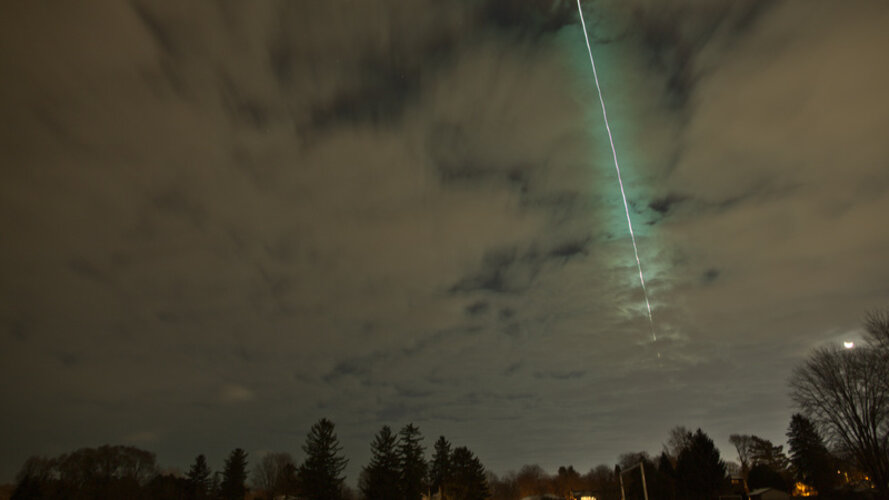Exploring the duality of gravity and gauge theory
Friday, 25 November 2022 19:15 The gauge/gravity duality states that gravity and quantum spacetime emerge from a quantum gauge theory, which lives at the boundary between both theories. Over the past 25 years, this duality, with concrete instances uncovered by string theory, has revolutionised our understanding of systems ranging from black holes, to matter made up of strongly interacting quantum particles featuring intricate
The gauge/gravity duality states that gravity and quantum spacetime emerge from a quantum gauge theory, which lives at the boundary between both theories. Over the past 25 years, this duality, with concrete instances uncovered by string theory, has revolutionised our understanding of systems ranging from black holes, to matter made up of strongly interacting quantum particles featuring intricate DAF outlines space acquisition philosophy, priorities, tenets
Friday, 25 November 2022 19:15 Honorable Frank Calvelli, Assistant Secretary of the Air Force for Space Acquisition and Integration, released a memorandum Oct. 31 that aims to cement the Department of the Air Force's space acquisition top priorities, philosophy, and tenets.
The document highlights DAF's need to prioritize driving speed into acquisitions, building resilient space architectures, and integrating the space
Honorable Frank Calvelli, Assistant Secretary of the Air Force for Space Acquisition and Integration, released a memorandum Oct. 31 that aims to cement the Department of the Air Force's space acquisition top priorities, philosophy, and tenets.
The document highlights DAF's need to prioritize driving speed into acquisitions, building resilient space architectures, and integrating the space King of rockets, NASA's SLS could soon be usurped by SpaceX's Starship
Friday, 25 November 2022 17:50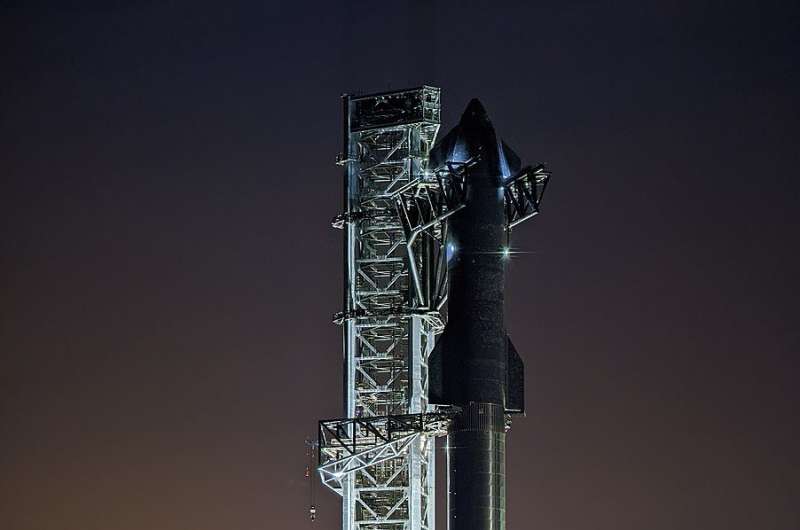
NASA's Space Launch System roared off the launchpad at Kennedy Space Center and into the record books, for now.
The SLS rocket, using a combination of two solid rocket boosters with a core stage consisting of four repurposed RS-25 engines from the space shuttle program, produced 8.8 million pounds of thrust to lift the Orion spacecraft into orbit and help send it on its way to the moon for the uncrewed Artemis I mission.
Its success makes it the most powerful rocket to ever blast into space, besting the power of the Saturn V rockets used during the Apollo moon missions five decades ago, which produced 7.5 million pounds of thrust.
The Soviet Union attempted to launch a rocket called the N-1 on four attempts from 1969-1972 that produced 10.2 million pounds of thrust, but they all failed midflight and never made it to space.
That makes SLS the space rocket king, and its performance was close to perfection, said NASA Artemis mission manager Mike Sarafin.
'Good Night Oppy': Why this movie about a Martian robot will make you reach for your handkerchief
Friday, 25 November 2022 17:40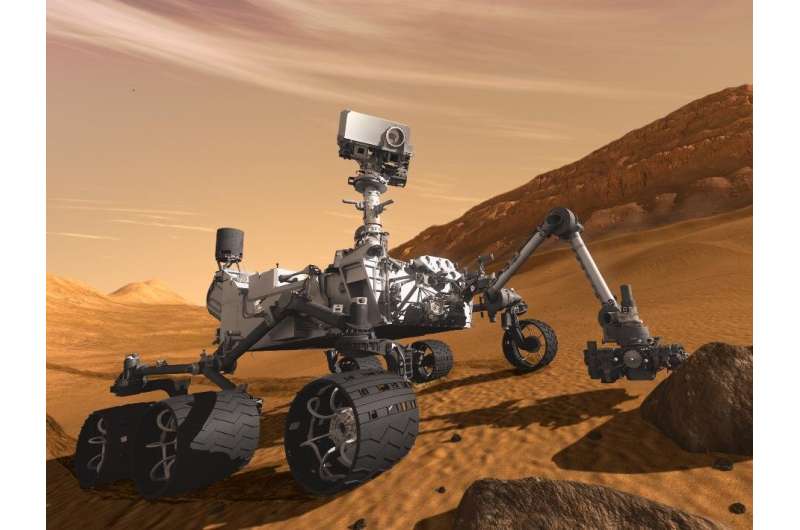
Get those Kleenex ready. You'll never again see robots as just lurching, whirring, beeping hunks of metal.
In 2003, the U.S. sent two rovers to explore Mars. The documentary "Good Night Oppy" (streaming now on Amazon Prime Video) revives that epic adventure, doing for gangly interstellar probes what the Oscar-winning 2020 doc "My Octopus Teacher" did for that tentacled sea creature: humanize them.
The two rovers, Spirit and Opportunity, or Oppy, were built to last roughly 92 days. Spirit lasted six years. And Oppy rambled across 28 miles of the red planet for nearly 15 years, driving its way into the hearts of NASA Jet Propulsion Laboratory scientists, who reveled in its triumphs and sweated its breakdowns. Think Pixar's "WALL-E" meets "Apollo 13."
USA TODAY spoke with "Oppy" director Ryan White and JPL engineering lead Doug Ellison about how this space adventure is really a love story.
The viral NASA tweet that started it all
Science documentaries don't typically tug at the heartstrings. But White says a 2019 viral tweet from NASA instantly convinced him and his production team that there was a very different story to tell.
Rocket Lab to launch remaining NASA TROPICS satellites
Friday, 25 November 2022 16:34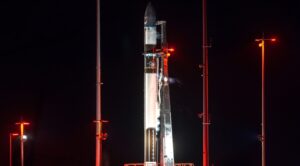
NASA has selected Rocket Lab to launch the remaining four cubesats of a constellation to monitor tropical weather systems after the first two were lost in an Astra launch failure.
The post Rocket Lab to launch remaining NASA TROPICS satellites appeared first on SpaceNews.
Equipment defect delays first commercial Vega C flight
Friday, 25 November 2022 16:07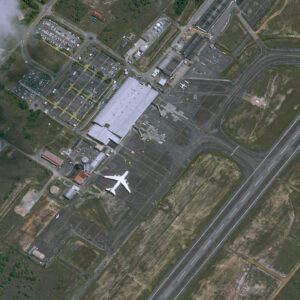
Arianespace said Nov. 25 it is delaying the first commercial flight for Europe’s upgraded Vega C rocket by nearly a month to replace defective equipment.
The post Equipment defect delays first commercial Vega C flight appeared first on SpaceNews.
Direct observations of a complex coronal web uncover an important clue as to what mechanism drives solar wind
Friday, 25 November 2022 15:24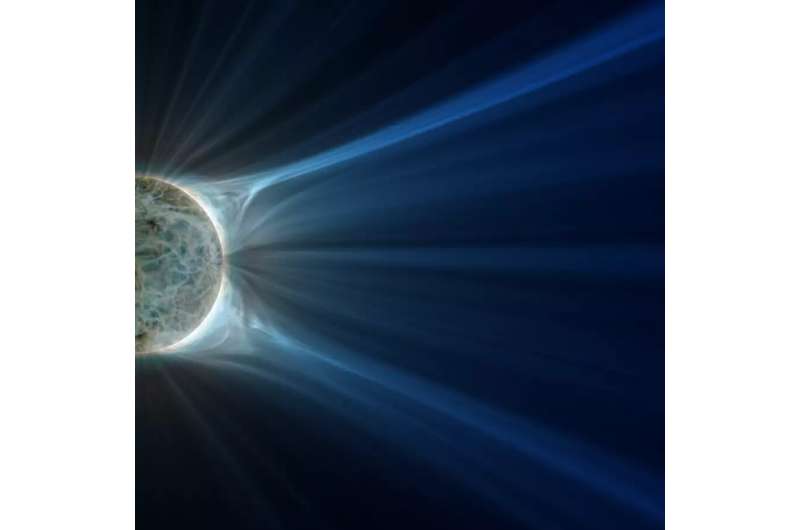
Artemis: why it may be the last mission for NASA astronauts
Friday, 25 November 2022 13:30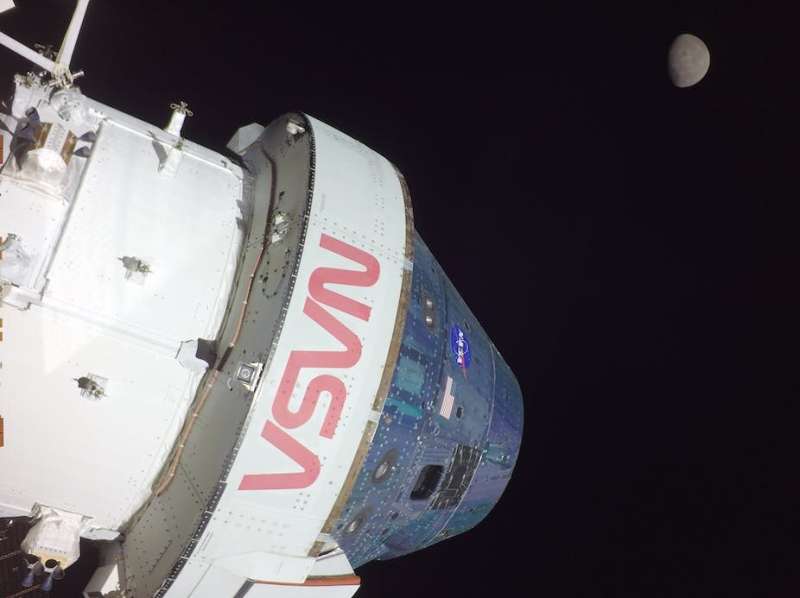
Neil Armstrong took his historic "one small step" on the moon in 1969. And just three years later, the last Apollo astronauts left our celestial neighbour. Since then, hundreds of astronauts have been launched into space but mainly to the Earth-orbiting International Space Station. None has, in fact, ventured more than a few hundred kilometres from Earth.
The US-led Artemis programme, however, aims to return humans to the moon this decade—with Artemis 1 on its way back to Earth as part of its first test flight, going around the moon.
The most relevant differences between the Apollo era and the mid-2020s are an amazing improvement in computer power and robotics.
ESA Navigation portfolio expanded and diversified by Ministerial Council
Friday, 25 November 2022 12:04
ESA’s Directorate of Navigation was pledged a total of €351 million by the Agency’s Member States during this week’s ESA Council at Ministerial Level on November 22 and 23. With this funding boost ESA sees its leading role in satellite navigation strengthened with a new programme FutureNAV, the continuation of its innovation programme NAVISP, and the kick-off of the Moonlight initiative for lunar telecommunications and navigation coverage.
Earth from Space: Zaragoza, Spain
Friday, 25 November 2022 08:00
The province of Zaragoza, in northeast Spain, is featured in this image captured by the Copernicus Sentinel-2 mission.
Commercialisation of space boosted at ESA Ministerial Council
Friday, 25 November 2022 06:40
23 Member and Associate States of the Agency pledged a total 117.6 million euros to ESA’s ScaleUp programme at ESA’s Ministerial Council CM22 to encourage entrepreneurship and commercialisation in the European space sector. This amount exceeds the target funding request by more than 17%, thus confirming the strong support that ESA Member States intend to provide to the development of a strong and sustainable commercial space ecosystem.
China's space-based observatory sends first solar image
Friday, 25 November 2022 06:03 China's solar exploration satellite has transmitted its first solar image since being sent to space in October, according to the Purple Mountain Observatory (PMO) based in east China's Jiangsu Province.
The Advanced Space-based Solar Observatory (ASO-S) - nicknamed Kuafu-1 in Chinese - sent hard X-ray imaging of solar flares that broke out at 1:00 a.m. (Universal Time) on Nov. 11, 2022, sa
China's solar exploration satellite has transmitted its first solar image since being sent to space in October, according to the Purple Mountain Observatory (PMO) based in east China's Jiangsu Province.
The Advanced Space-based Solar Observatory (ASO-S) - nicknamed Kuafu-1 in Chinese - sent hard X-ray imaging of solar flares that broke out at 1:00 a.m. (Universal Time) on Nov. 11, 2022, sa British Paralympian McFall 'inspired' to become astronaut candidate
Friday, 25 November 2022 06:03 John McFall, a British athlete who has competed in the Paralympic Games, has become the first disabled astronaut candidate with the European Space Agency.
McFall, 41, is among 17 new astronaut candidates selected by the ESA from a pool of more than 22,500 applicants from across Europe, the space agency said in a statement.
He was selected to take part in the ESA's Parastronaut Feasibility
John McFall, a British athlete who has competed in the Paralympic Games, has become the first disabled astronaut candidate with the European Space Agency.
McFall, 41, is among 17 new astronaut candidates selected by the ESA from a pool of more than 22,500 applicants from across Europe, the space agency said in a statement.
He was selected to take part in the ESA's Parastronaut Feasibility China lays out plan for future deep space exploration
Friday, 25 November 2022 06:03 China has made an ambitious road map for its future lunar exploration programs, including an international scientific outpost, according to the programs' chief planner. Wu Weiren, an academician of the Chinese Academy of Engineering, said that the next step in the country's lunar adventure - the Chang'e 6 robotic mission - has been set to land on the moon's far side and will collect and bring sa
China has made an ambitious road map for its future lunar exploration programs, including an international scientific outpost, according to the programs' chief planner. Wu Weiren, an academician of the Chinese Academy of Engineering, said that the next step in the country's lunar adventure - the Chang'e 6 robotic mission - has been set to land on the moon's far side and will collect and bring sa 

